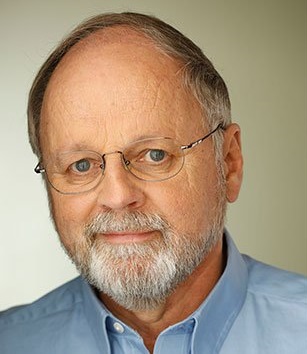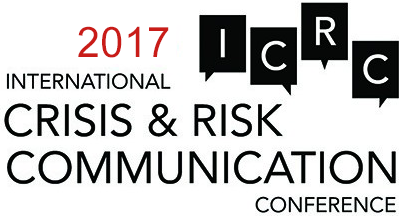
Seismologist and Geophysics Research Professor (Caltech), Member, Planning Committee
Southern California Earthquake Center
United States of America
Dr. Egill Hauksson is Research Professor in Geophysics at California Institute of Technology, Pasadena, CA since 1992 & Senior Res. Fellow (1989-1992). He was Research Professor of Geological Sciences (1985-1989), & Res. Assoc. (1983-1985) Univ. of Southern Calif. (USC), of Geol. Sciences, and an Assoc. Res. Scientist, Lamont-Doherty Earth Observatory of Columbia University, New York (1981-1983). He received his M.S. (Civil Engineer) (1974) in Applied Physics from University of Trondheim, Norway and M. A. (1978), M. Phil. (1980), and Ph. D. (1981) in Geophysics from Columbia University in New York. Member of Planning Committee (2007-present) for Southern California Earthquake Center. Associate editor for J. of Geophys. Res. (1996-1998) and guest editor for Bull. of Seism. Soc. of Am. in 2002. Member of the editorial board of Geophysical Journal International published by the Royal Astronomical Society (2012-present). He is member of the American Geophysical Union, Seismological Society of America, and American Association for the Advancement of Science. Expert member of several proposal review panels for seismology. He has authored and co-authored more than 120 scientific publications in peer reviewed scientific journals, and more than 270 papers presented at scientific meetings. His expertise is in seismology, tectonophysics, and mitigating earthquake hazards; earthquakes and earthquake faults in California; studies of anthropogenic seismicity; development of technologies for real-time earthquake monitoring and early warning.
Producing Real-Time Warnings and Earthquake Information during Crises and Peacetime
This session – co-presented by seismologist Lucile Jones, Ph.D. – focuses on debunking myths and misunderstandings regarding 1) what actually happens in an earthquake, how we know and when we know it, and how we describe it, 2) the communication misunderstandings we strive to correct among various publics (i.e., confusing magnitude and intensity, wanting prediction and hearing non-predictions/forecasting as predictions, misunderstanding temporal patterns) and how films like San Andreas contribute to them, and 3) ways to address these misunderstandings as we move into the brave new world of earthquake early warning.


